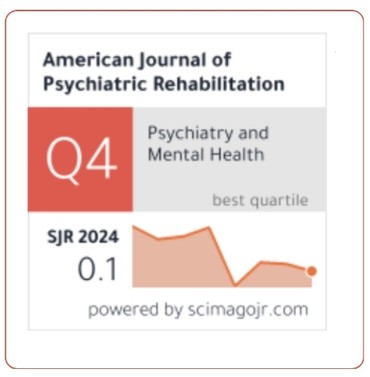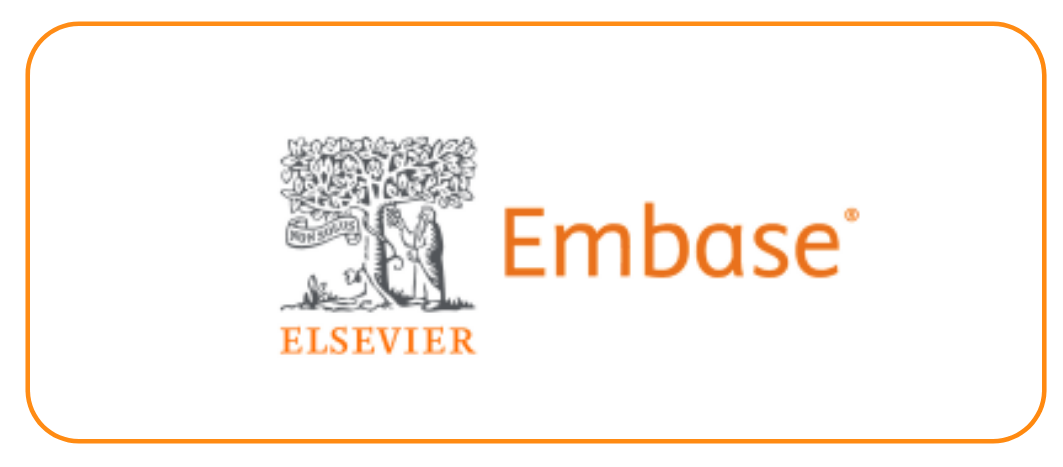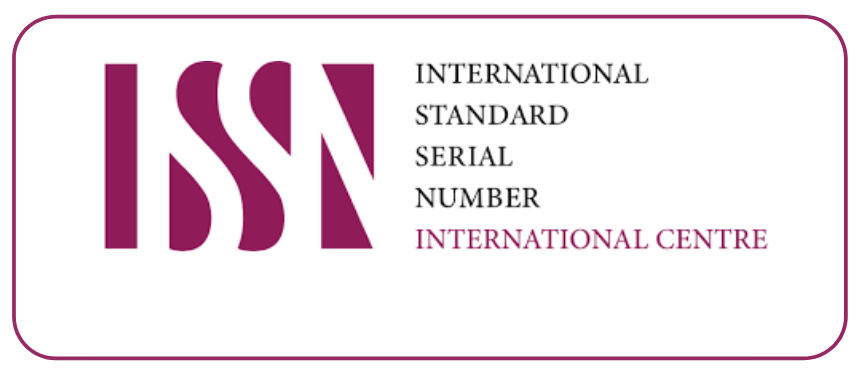Isolation And Identification Of Fungi Causing Dermatophytosis
DOI:
https://doi.org/10.69980/ajpr.v28i5.424Keywords:
Dermatophytosis, T. mentagrophytes, MicroscopyAbstract
INTRODUCTION: Dermatophytes are the most important fungi affecting the skin due to their extensive impact on people across the globe and their high prevalence in the general population.1 This study aims to isolate and identify the dermatophytes and to compare the clinical diagnosis with potassium-hydroxide smear positivity and culture positivity.
MATERIALS & METHODS: 75 clinically suspected patients of dermatophytosis who attended the Department of Dermatology were included in the study after giving informed consent. The specimen is mounted in KOH (10% for skin scrapings and hair, 20-40% for nail clippings) and was examined for the presence of thin, septate, and hyaline hyphae. The samples were inoculated on SDA slants containing 0.05% chloramphenicol, 0.1% gentamicin, and 0.5% Cycloheximide and dermatophyte test medium(DTM).
RESULTS: The samples were collected from a wide range of age group falling in the range of 6-78 years. Most common age group affected was found to be 31-40 years. 22.85% cases of Tinea corporis were seen in the age group of 21-30 years. Tinea cruris was more common in the age group 21-30 and 31-40 years each with 4 cases(23.52%). 50% of children were affected with Tinea capitis .
CONCLUSION: The infection predominantly affects individuals between 31-40 years of age, with a higher incidence in males, especially those engaged in manual labor or household work. Laboratory identification through microscopy and culture confirms that T. rubrum is the most common species involved, followed by T. mentagrophytes and T. tonsurans. This highlights the need for targeted preventive measures and effective treatment strategies in these high-risk groups.
References
1.Chander J. Textbook of medical mycology. JP Medical Ltd; 2017 Nov 30.
2. Anaissie EJ, McGinnis MR, Pfaller MA. Clinical Mycology E-Book. Elsevier Health Sciences; 2009 Jan 26.
3. Singh S. S Singh, PM Beena 2. Indian journal of medical microbiology. 2003;21(1):21-4.
4. Sen SS, Rasul ES. Correspondence-Dermatophytosis in Assam.
5. Sumana V, Singaracharya MA. Dermatophytosis in Khammam (Khammam district, Andhra Pradesh, India). Indian journal of pathology & microbiology. 2004 Apr 1;47(2):287-9.
6.Sahai S, Mishra D. Change in spectrum of dermatophytes isolated from superficial mycoses cases: First report from Central India. Indian Journal of Dermatology, Venereology and Leprology. 2011 May 1;77:335.
7. Lewis GM, Hopper ME. An Introduction to Medical Mycology.
8. Ranganathan S, Menon T, Selvi SG, Kamalam A. Effect of socio-economic status on the prevalence of dermatophytosis in Madras. Indian Journal of Dermatology, Venereology and Leprology. 1995 Jan 1;61(1):16-8.
9. Veer P, Patwardhan NS, Damle AS. Brief Communications-Study of onychomycosis: Prevailing fungi and pattern of infection. Indian Journal of Medical Microbiology. 2007;25(1):53-6.
10. Jain N, Sharma M, Saxena VN. Clinico-mycological profile of dermatophytosis in Jaipur, Rajasthan. Indian journal of dermatology, venereology and leprology. 2008 May 1;74:274.
11. Jesudanam TM, Rao GR, Lakshmi DJ, Kumari GR. Onychomycosis: A significant medical problem. Indian Journal of Dermatology, Venereology and Leprology. 2002 Nov 1;68:326.
12. Siddappa K, Mahipal OA. Dermatophytoses in Davangere. Indian Journal of Dermatology, Venereology and Leprology. 1982 Sep 1;48(5):254-9.
13. Karmakar S, Kalla G, Joshi KR. Dermatophytoses in a desert district of Western Rajasthan. Indian journal of dermatology, venereology and leprology. 1995 Sep 1;61(5):280-3.
14. Huda MM, Chakraborty N, JN SB. A clinico-mycological study of superficial mycoses in upper Assam. Indian journal of dermatology, venereology and leprology. 1995 Nov 1;61(6):329-32.
15. Bindu V, Pavithran K. Clinico-mycological study of dermatophytosis in Calicut. Indian Journal of Dermatology, Venereology and Leprology. 2002 Sep 1;68:259.
16. Bokhari MA, Mcps, Hussain I, Fcps, Jahangir M, Mcps, Haroon TS, Fcps, Aman S, Mcps, Khurshid K. Onychomycosis in Lahore, Pakistan. International journal of dermatology. 1999 Aug;38(8):591-5.
17. Singh S, Beena PM. Profile of dermatophyte infections in Baroda. Indian Journal of Dermatology, Venereology and Leprology. 2003 Jul 1;69:281.
18. Vijaya D, Anandkumar BH, Geetha SH. Letter to Editor-Study of onychomycosis. Indian Journal of Dermatology, Venereology and Leprology. 2004 May 1;70(3):185-6.
19. Reddy BS, Swaminathan G, Kanungo R, D'Souza M. Clinico-mycological study of tinea capitis in Pondicherry. Indian Journal of Dermatology, Venereology and Leprology. 1991 May 1;57:180.
Downloads
Published
Issue
Section
License
Copyright (c) 2025 American Journal of Psychiatric Rehabilitation

This work is licensed under a Creative Commons Attribution 4.0 International License.
This is an Open Access article distributed under the terms of the Creative Commons Attribution 4.0 International License permitting all use, distribution, and reproduction in any medium, provided the work is properly cited.









